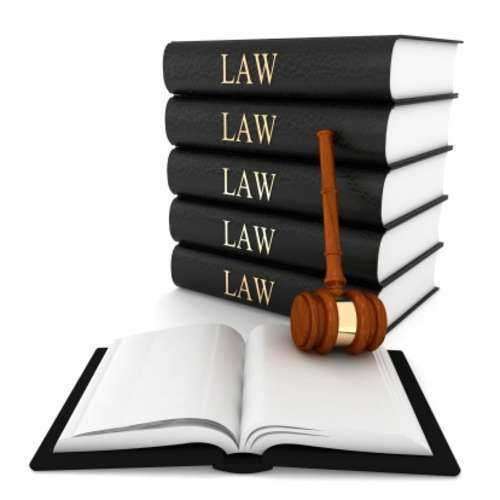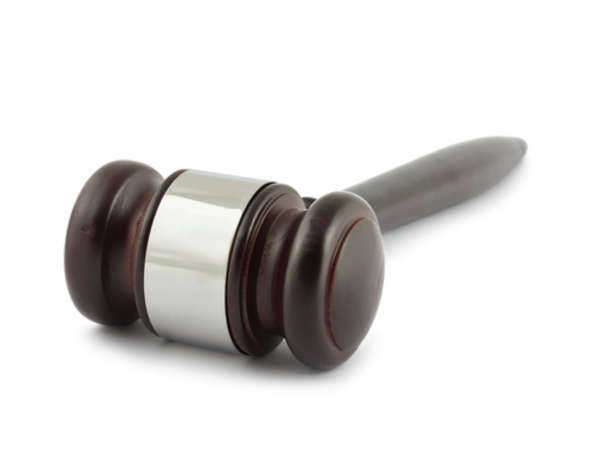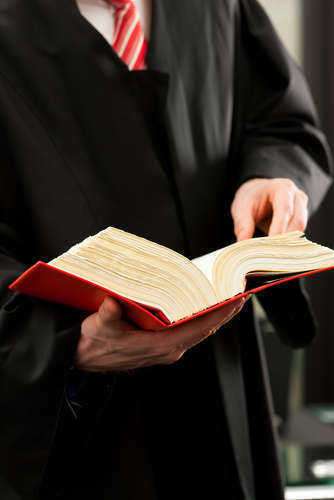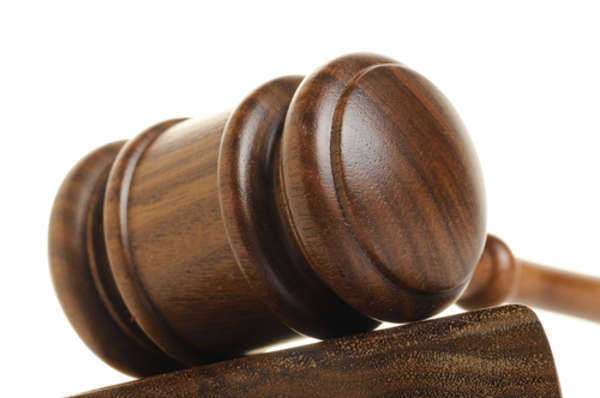Facts About the Supreme Court Building


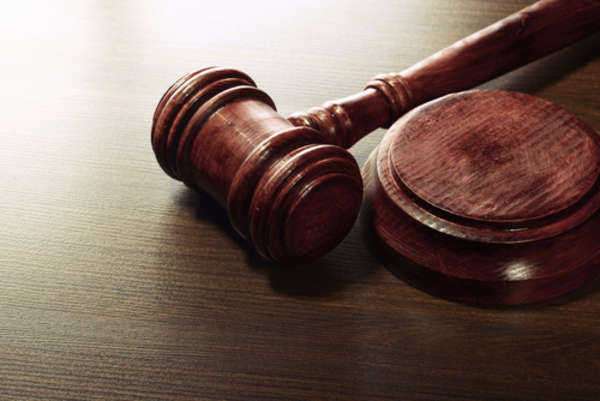


State Court Oklahoma Explained:
The government system of the US State of Oklahoma is established and administered through the Oklahoma Constitution. The State government of Oklahoma is a republican democracy that is modeled after the Federal government of the United States.
Oklahoma’s state government possesses three branches: the legislative branch, the judicial branch and the executive branch. Through a distinct system of separation of powers (also known as checks and balances) each of these branches possesses a distinct amount of authority to act on its own. Some authority, through this system, is used to regulate other branches, and in turn, some of the authority is distributed to each specific branch.
The state government of Oklahoma is based in the capital city of Oklahoma City and the head of the executive branch is the Governor of Oklahoma. The legislative branch of the state is referred to as the Legislature, which consists of the Oklahoma Senate and the Oklahoma House of Representatives. The Oklahoma Supreme Court and the State’s Court of Criminal Appeals are Oklahoma’s highest court systems—both operated in the judicial branch of government.
The State court of Oklahoma is located within the judicial system of the state. The judicial branch of Oklahoma interprets the Oklahoma law and constitution; it is headed by the Supreme Court.
The judiciary branch consists of two courts of last resort, courts of limited jurisdiction, and courts of general jurisdiction. Additionally, the Oklahoma judiciary contains two independent courts.
All judges and justices who operate in the judicial branch require appointment made by the Governor. Candidates within the branch must first go through a nominating process administered by the Oklahoma Judicial Nominating Commission. This board selects three candidates to submit to the Governor for a single selection to the office.
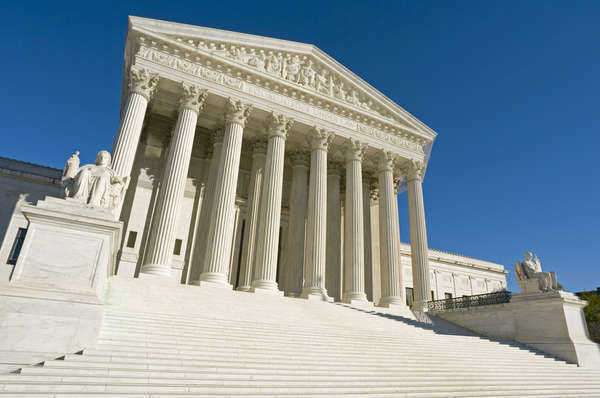
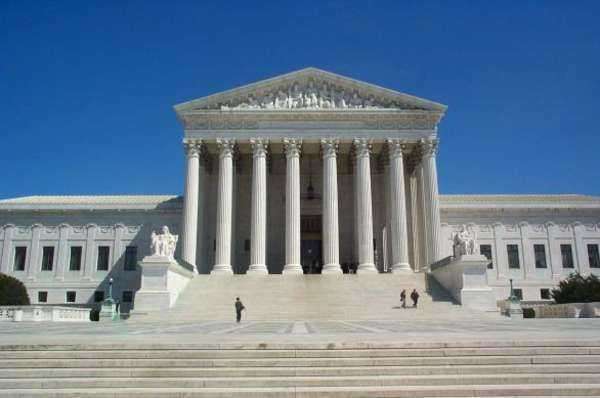
State Court Texas Defined:
The state government of Texas consists of a state government, as well as an assortment of local governments found at the county and municipal levels.
The State court system of Texas is regulated and administered through the judicial branch of government. The judicial system of the state of Texas possesses a very complex structure; the Texas judiciary system is often regarded as the most complex local court system in the United States, for it possesses many layers and an assortment of overlapping jurisdictions.
The State Court Texas contains two courts of last resort: the Texas Supreme Court, which hears and administers decisions concerning civil cases and the Texas Court of Criminal Appeals, which hears and administers decisions concerning criminal suits.
Partisan elections are used to choose all of the judges found at all levels of the judiciary, with exception of various municipal benches, which typically appoint judges. The governor of Texas is responsible for filling vacancies by appointment to those areas of the judicial branch that require it.
All members of the Texas Supreme Court and the Texas Court of Criminal Appeals are elected based on a statewide nomination. Since 1994, all 18 seats (nine on each court) have been held by a member of the Republican Party.
Similar to many other states, the State court of Texas contains numerous localized courts that are realized through jurisdictional boundaries. If you need legal advice and assistance, contact Texas lawyers.
